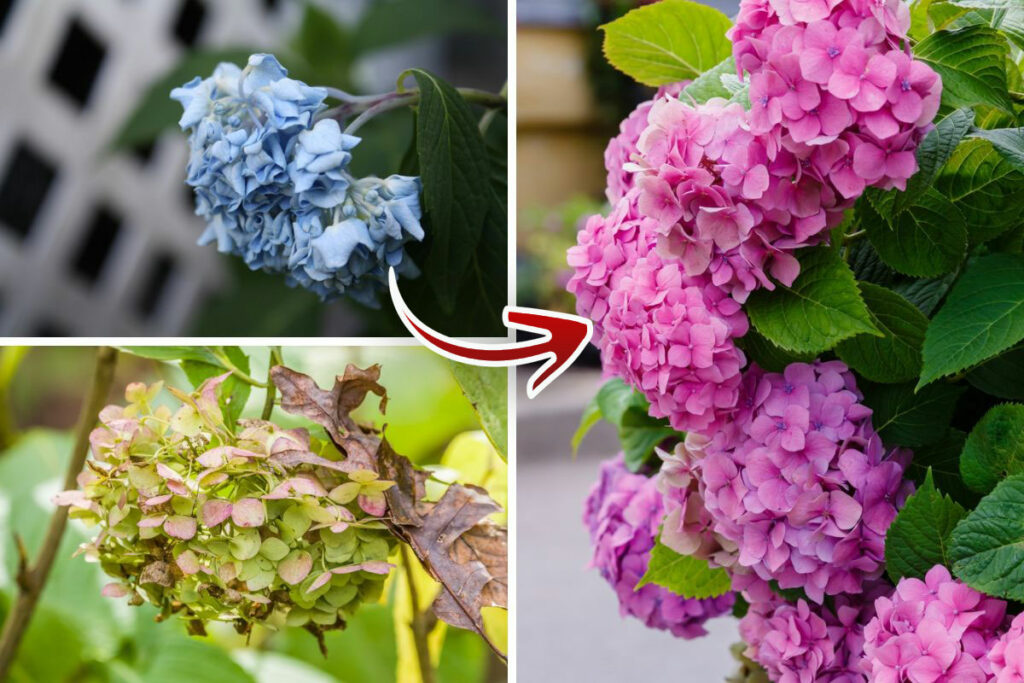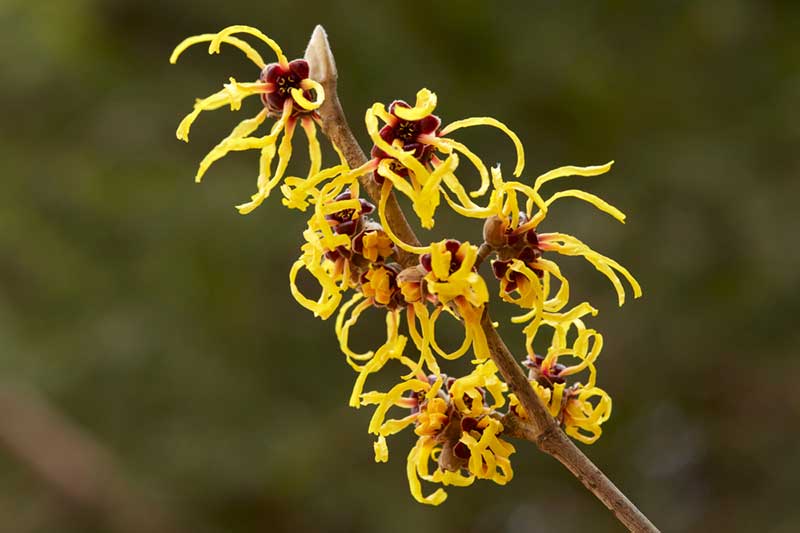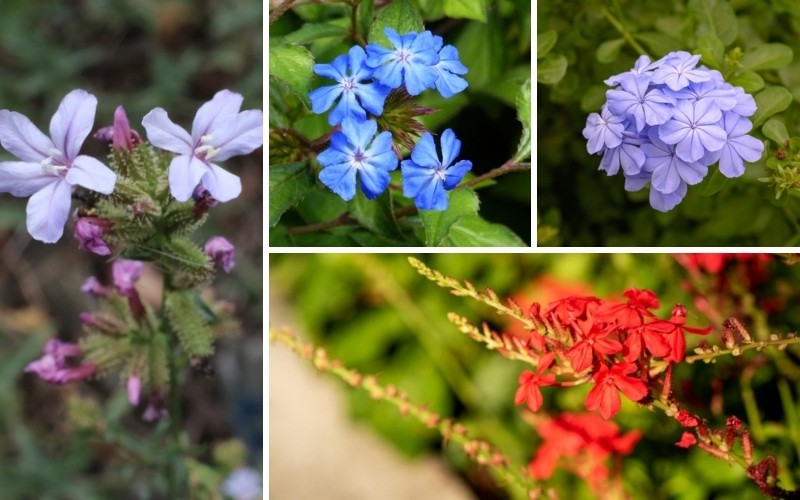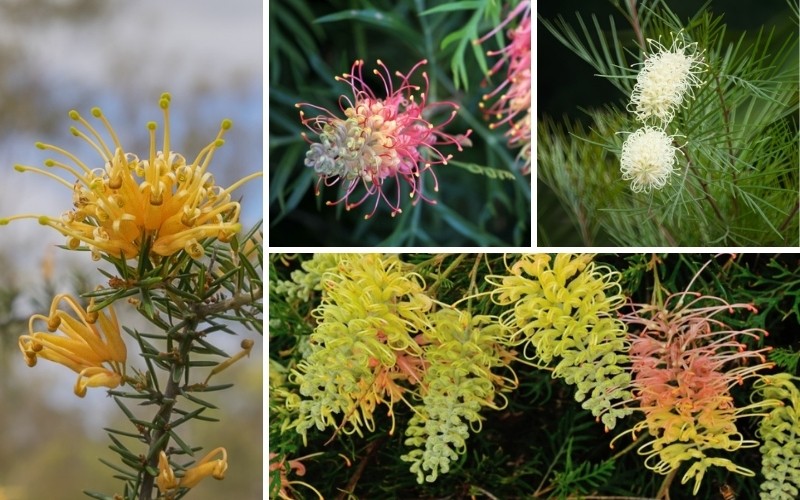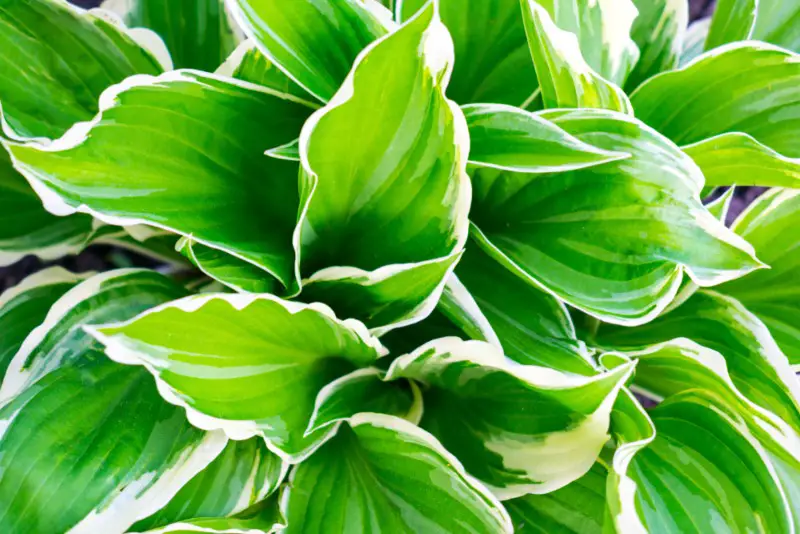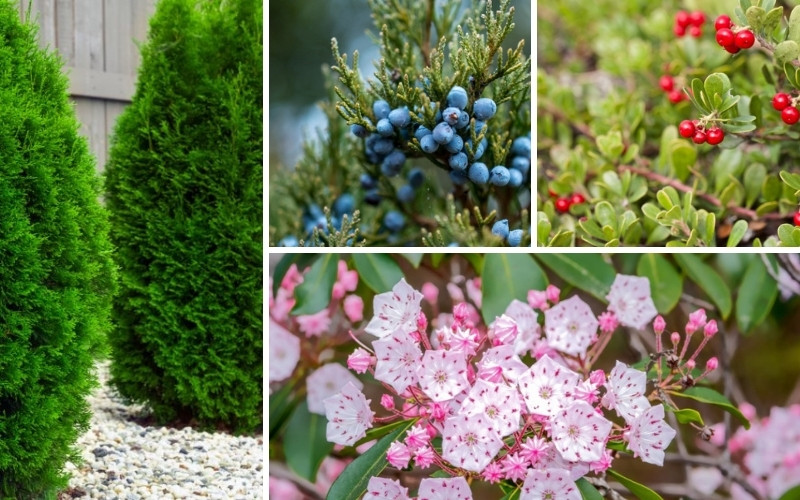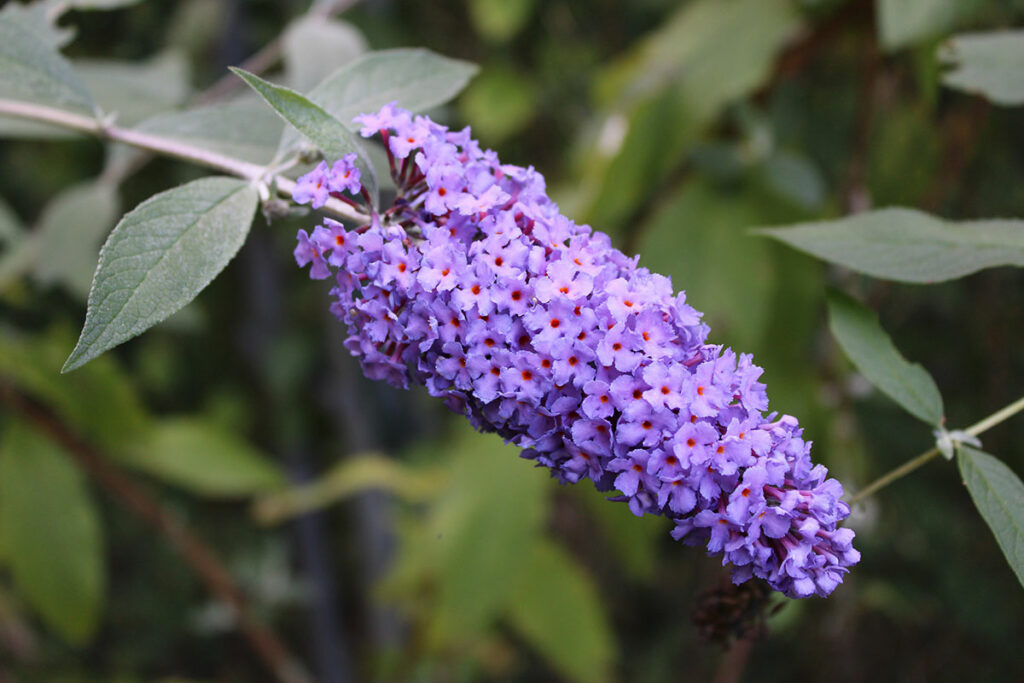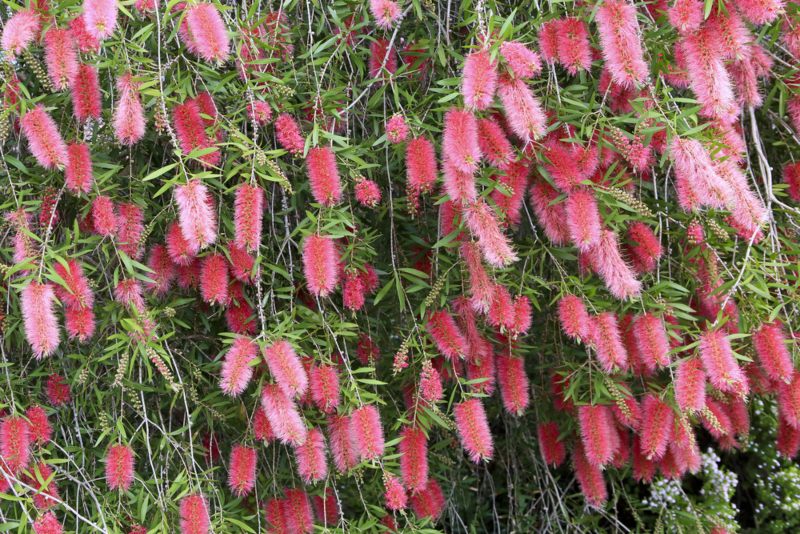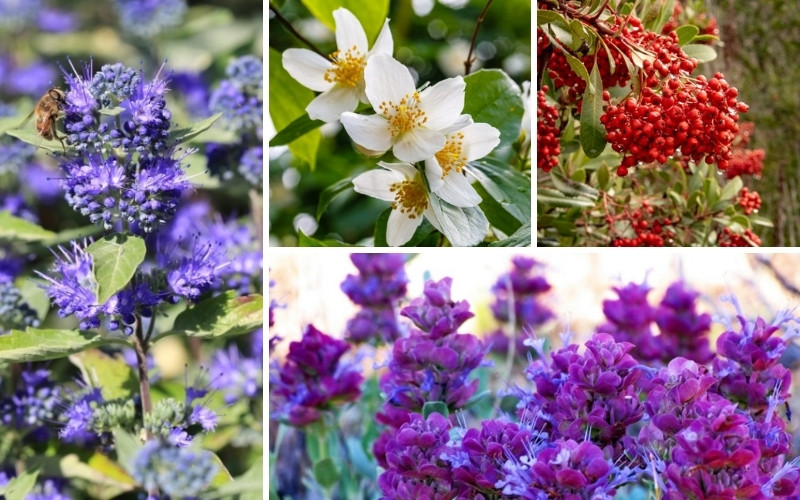
Californians have a unique advantage when growing shrubs compared to residents from other states because California encompasses so many USDA hardiness zones, from 4b to 11a. That also means that a shrub you discovered in northern California might not grow well in your dry San Diego backyard.
We’ll cover some of the most common California shrubs here with a wide range of USDA zones so that you can select the best-fit option for your yard.
Lemonade Berry (Rhus integrifolia)
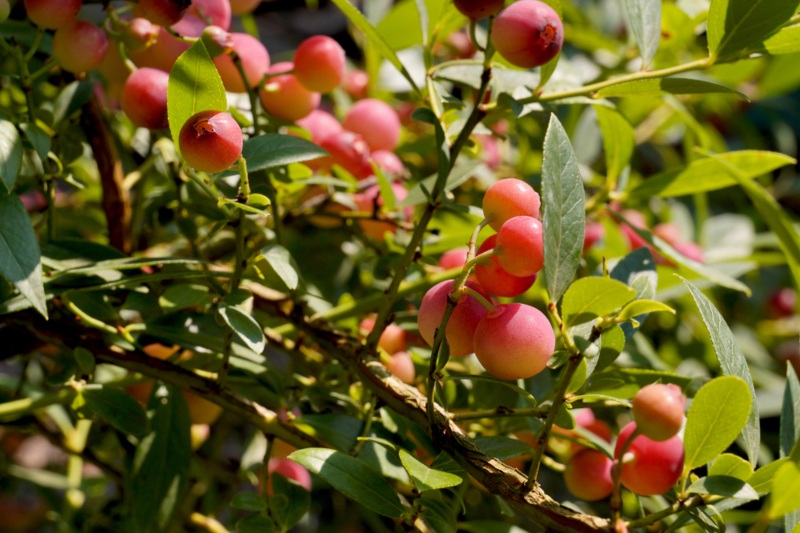
The evergreen lemonade berry grows up to 30 feet tall. It has brownish-pink petioles with leathery leaves that grow up to seven centimeters. It produces tiny flowers from February to May and has a tart reddish-gray fruit.
Lemonade berries grow best in coastal areas. It’s a hardy shrub, requiring water only up to two times per month in the summer. You can plant it in soil with a pH ranging from 5 – 8 and in full sun or partial shade. It grows in USDA zones 8 – 10.
Bush Monkey Flower (Mimulus aurantiacus)
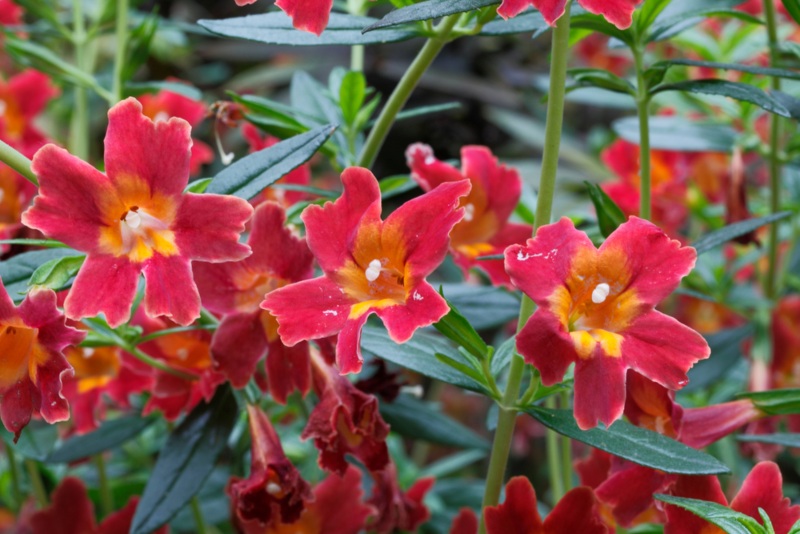
Some people call the bush monkey flower “sticky monkey flower” because its leaves have a sticky texture. The leaves are deep green and narrow, growing up to seven centimeters long. Tubular orange and yellow flowers grow from winter to summer.
You can grow this evergreen shrub in areas with partial shade or full sun. It prefers dry conditions, requiring only occasional watering during the summer. Rocky and sandy slopes are ideal. You can plant it in USDA zones 3 – 9.
Serviceberry (Amelanchier alnifolia)
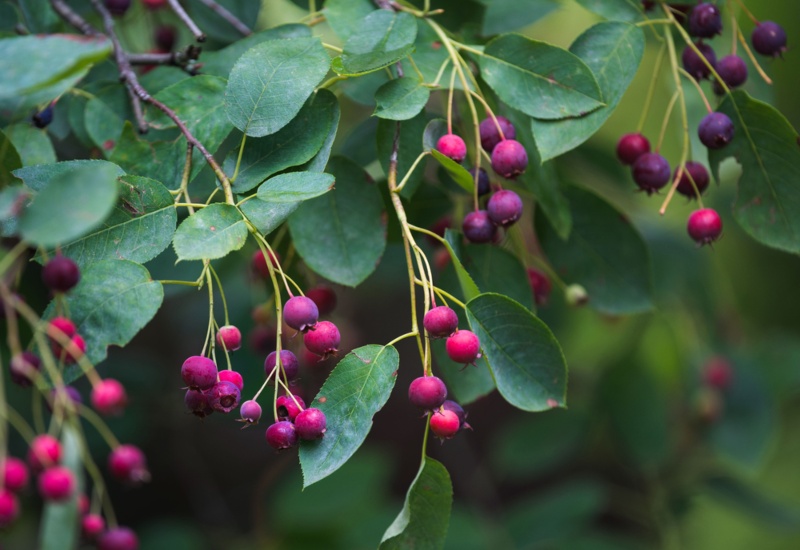
The serviceberry is a shrub that produces white clusters of flowers in the spring. It has purple-black fruit in the summer that’s a favorite among California birds. Its green leaves turn deep red and gold during the fall.
Serviceberries prefer moist, acidic soil. You should plant them in a well-draining area and ensure they have at least four hours of sunlight per day. Pruning is necessary to prevent this shrub from taking a tree-like shape. They grow in USDA zones 4 – 9.
Toyon (Heteromeles arbutifolia)
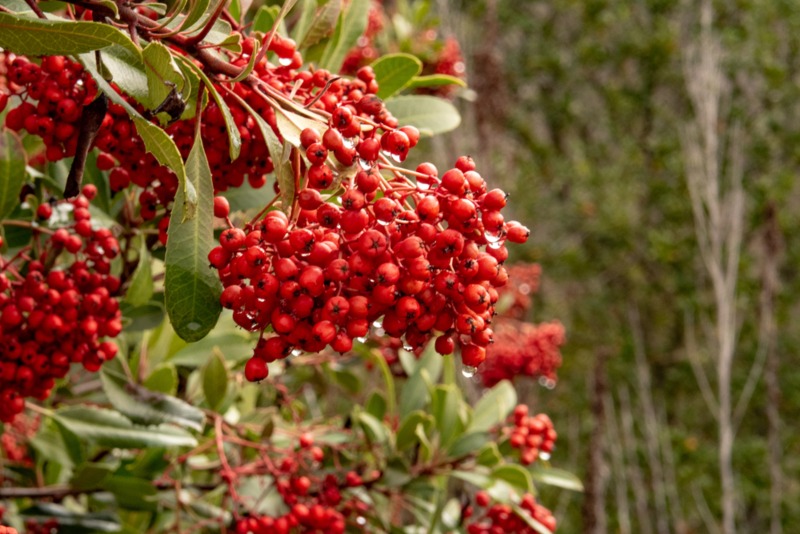
Toyon shrubs average eight feet tall, but they can get as large as 30 feet. They have narrow, sharp evergreen leaves. In the summer, they produce dense groups of tiny white flowers. Bright red acidic berries proceed them, staying on the plant through the winter.
These shrubs grow best in dry climates near sources of water, like streams. They need access to sunlight at least half of the day and grow well in any soil type as long as it retains some moisture. You can plant Toyon in USDA zones 7b – 10.
Stanford Manzanita (Arctostaphylos stanfordiana)
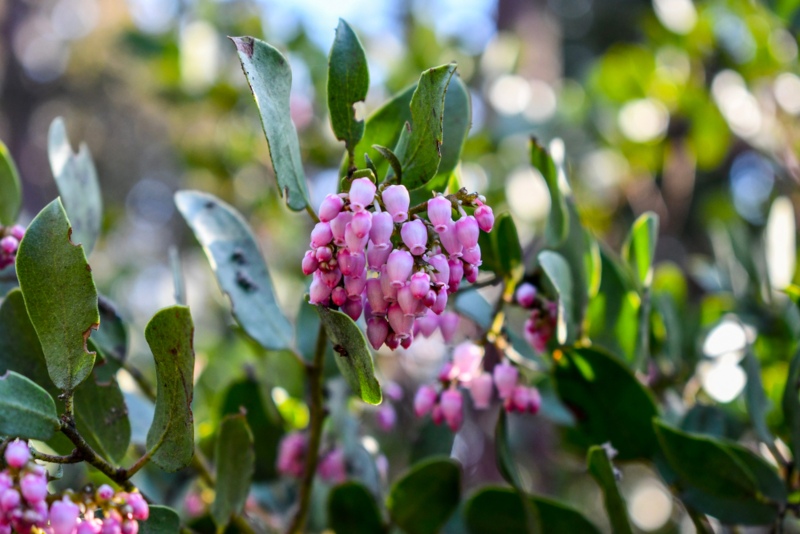
Stanford manzanitas vary in size, from less than two feet to almost ten feet. They have 5-centimeter lance-shaped leaves with an almost waxy texture. Light pink flowers bud in the winter and spring. A green 7-millimeter-wide fruit then replaces them.
You can plant stanford manzanita in several soil types, from clay to serpentine, with a pH ranging from 5 – 7.5. It’s a shrub that likes partial shade and dry conditions, needing water only two times per month in the summer. Stanford manzanita grows in USDA zones 5 – 9.
California Barberry (Mahonia pinnata)
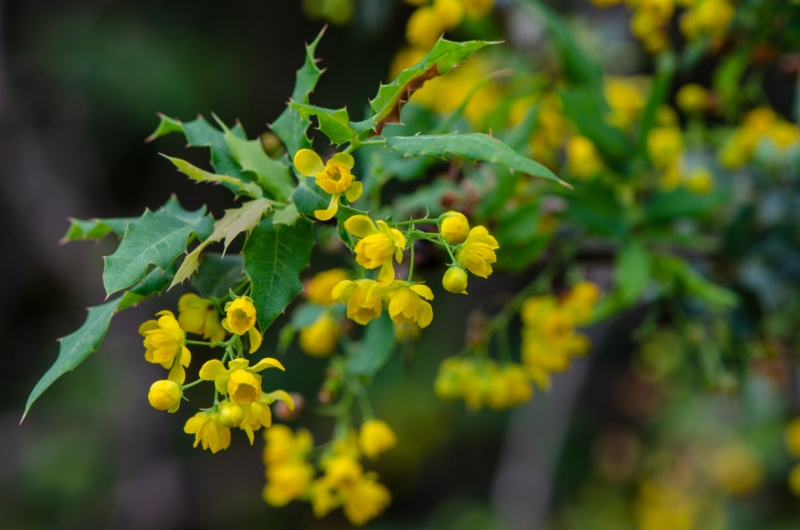
The evergreen California berry has a holly-bush-like appearance, except it produces purple fruits that look like grapes. It has serrated, waxy leaves and produces thick groups of small flowers in the winter and spring. The shrub can grow up to seven feet tall and five feet wide.
California berries grow best on coastal mountain slopes. It likes nutrient-rich soil, which holds in some water, although it can also grow in clay. It tolerates cold well and full sun to partially shady conditions. You can grow California berries in USDA zones 7 – 8.
Bluebeard (Caryopteris incana)
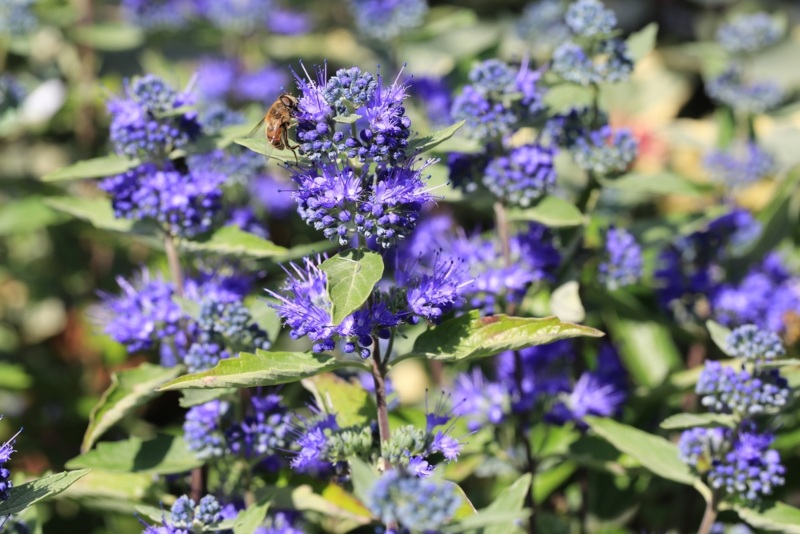
Bluebeard is a fragrant shrub to grow in your California garden, producing bluish-periwinkle flowers in the late summer and fall. The flowers congregate around newer stems, which attach to older, woody main stems. Its light green leaves have a textured feel.
Dry conditions are ideal for bluebeard. It’s a hardy plant that can withstand full sun and hot climates. You should ensure it has well-draining soil and mulch it in the winter. Bluebeard grows in USDA zones 5 – 9.
Rubber Rabbitbrush (Ericameria nauseosa)
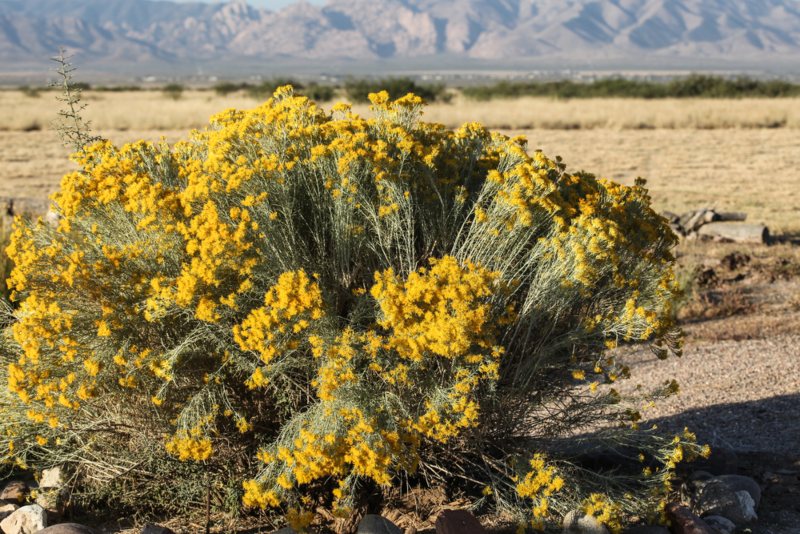
Rubber rabbitbrush is in the sunflower family and produces bright yellow-orange flowers from August to October. It has rubbery leaves that are soft to the touch with small hairs. It grows two to eight feet tall, depending on your pruning practices.
Your rubber rabbitbrush will thrive in desert conditions with alkaline soil, and it needs minimal watering with annual pruning in the spring. Rubber rabbitbrush grows in USDA zones 4 – 9.
Western Mock Orange (Philadelphus lewisii)
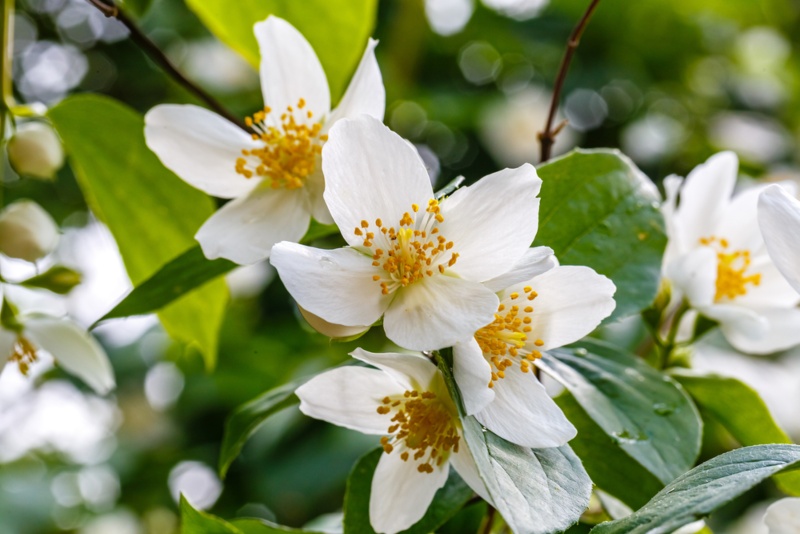
The sweet-smelling western mock orange grows many small, white flowers in the late spring. It grows up to seven feet tall and has lengthy, arching branches. Sepals stay on the plant after the petals fall, giving the shrub the appearance of still having flowers.
The western mock orange prefers periodic rain, but it can withstand drought conditions. It grows well in full sun or partial shade and in many soil types. You can plant western mock orange in USDA zones 4 – 8.
Rose Sage (Salvia pachyphylla)
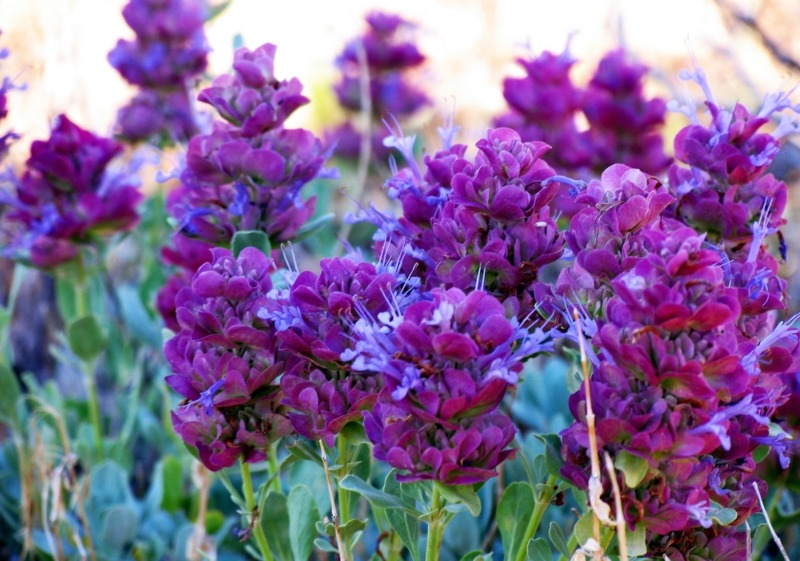
Rose Sage will infuse your garden with color, given its purple-blue tubular flowers that spike up above its leaves. The flowers emerge in the late spring and stay full through the summer. It has a woody base and small dark green leaves that alternate up its newer stem growth.
You can plant rose sage in acid to alkaline soil as long as it drains well. It’s best to grow it in full sun, although it’ll fare okay in partial shade. It also requires minimal watering. Rose sage grows in USDA zones 5 – 9.
Conclusion
Regardless of the USDA zone where you live, you can enjoy growing many shrubs in your California garden. Remember that even within the same USDA zone, shrubs may require different growing conditions. So, do your due diligence in reading how to care for various shrub species before planting them.






